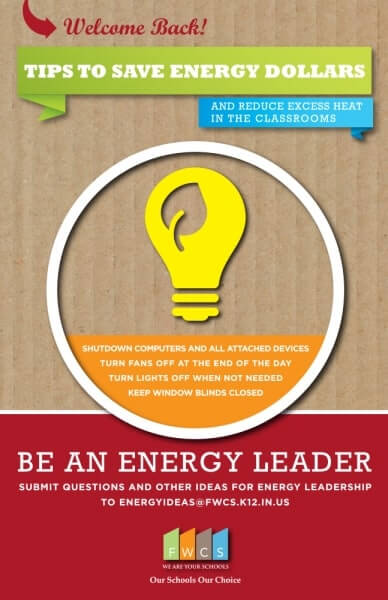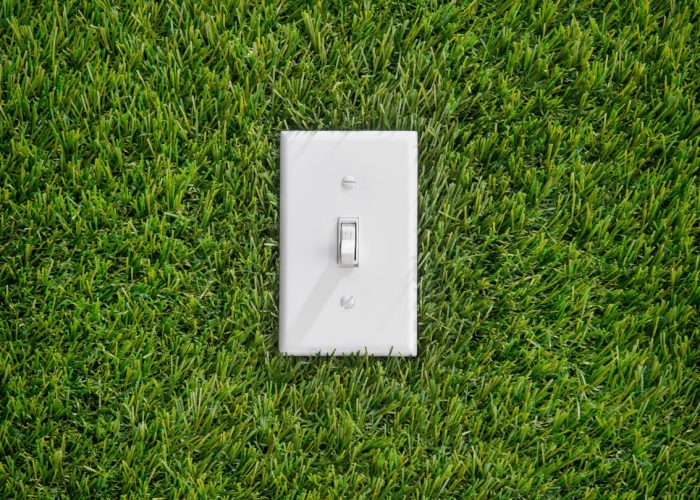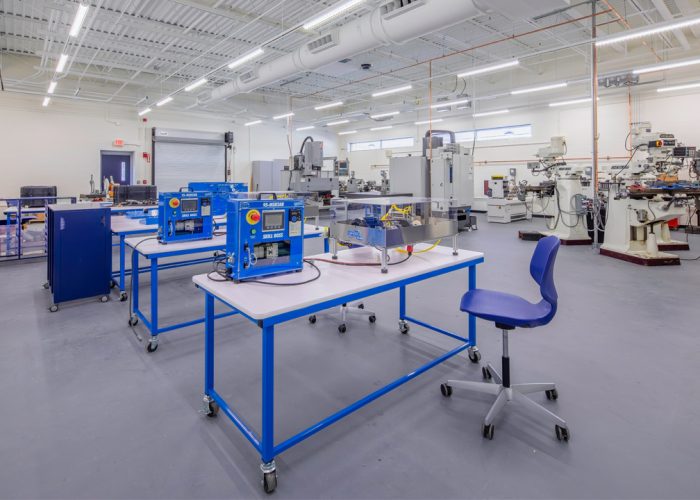To leave the lights on or to turn them off, that is the question. As an Energy Leader, I am frequently asked if turning off lights, electronics, and equipment can actually save money and energy. Understanding how your facilities use energy can provide significant savings. Below are some tips on how you can flip the switch on energy savings for your school!
Does turning off a light really help save money?
Absolutely yes, the electricity used to light our schools accounts for nearly 26% of the total electricity used. With that much power usage coming from one source, any actions available will help school buildings save money. Large amounts of wasted energy can be saved just by turning off lights every time we leave an area.
While it is a best practice to turn off the lights, each situation is different, and the type of light bulb matters when dealing with energy efficiency and saving money. Incandescent lights for example should always be turned off when not needed. Up to 90% of their energy output is heat, while only 10% is actual light. They are one of the least efficient options on the market today (energy.gov). Be sure to check what kind of lights your school uses in order to maximize savings.
Should I leave the lights on if I will only be gone for 15 minutes or less?
Older fluorescent lighting fixtures present in most schools used a magnetic starter to control power to the bulbs. These starters were separate from the fixtures and were used to kick-start the electricity flowing into the light bulbs. These starters led to energy efficiency problems because each fixture took time to warm up, and they wasted energy during that time.
For years the rule of thumb was that if you were only going to be gone for 15 minutes or less, then you should leave the light on in the classroom. For today’s fluorescent tubes or LED fixtures that are commonly used in schools, there is no warm-up time required. Turning them on and off won’t affect the building’s efficiency, so I always suggest turning off the light when leaving a room or area!
Will turning off other electronics in the classroom help save energy?
When turning on a computer, there is a small surge of energy. There is a common misconception that you’re needlessly wasting energy from that constant use. The truth is that more energy is used from leaving it on in an idle state than the small amount it takes to turn on the computer.
Shutting down computers and classroom electronics can actually do more than save energy. The less time that the device is on, the longer it will ultimately last. Going out of your way to shut down computers when they aren’t used will extend their lives and save your building energy. As a great example, by properly shutting down each computer in the school at the end of every day and turning off all of the attached devices, it’s estimated that you could save up to $50 annually for each computer! Taking a typical high school of 800 students that has an average number of 500 computers, you could save up to $25,000 annually just by shutting off computers at the end of the day.
How do I get everyone on board with turning off lights?
Energy Leadership, by definition, is a shift in behavior throughout the school district. There are really three steps to this shift that foster lasting results: awareness, engagement, and ownership. Changing habits starts with educating stakeholders to build awareness about how your district uses energy. Then you must engage students, faculty, and staff in order to get buy-in. Finally, make saving energy a personal mission for each stakeholder involved, so that there is an ownership on improving the district together.

One useful example of the three steps is creating a campaign about becoming an energy leader for your school. Build awareness by placing signs throughout the school and above each light switch. Engage the students with contests in order to design different posters, stickers, or banners. Finally, create a sense of ownership by rewarding those that have gone above and beyond as energy leaders.
The key to a successful energy-saving strategy starts with leadership that is focused on these behavior changes and effective communication to all stakeholders involved. Building momentum around this strategy requires a commitment to making your school a more energy-efficient building. It’s never too late to flip the switch on energy savings.
If you have questions about my article or about getting an Energy Leadership Program started at your school, please contact me.

Mike Lindsey joined Performance Services in 2010, bringing with him 14 years of experience working as an owner’s representative on 15 major construction, addition and HVAC renovation projects.
Mike Lindsey Director of Performance Assurance



